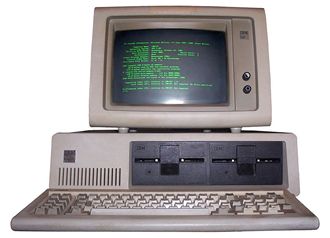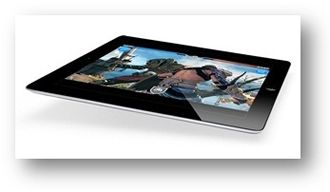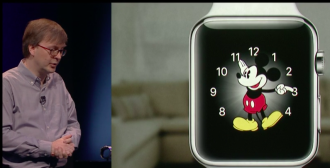 There’s still no light at the end of tunnel for PC sales, market research company IDC has predicted.
There’s still no light at the end of tunnel for PC sales, market research company IDC has predicted.
It estimates that world wide shipments of PCs will drop by 4.9 percent this year, but it suggests things may be slightly better in 2016 and 2017.
Total shipments of PCs this year are expected to total 293.1 million, but the underlying trend remains poor.
IDC said that some sectors of the market saw an uptick in demand during the second half of last year, but volumes were up because the supply chain was inflated by Microsoft’s plan to cut subsidies in its Windows 8.1 + Bing scheme early this year.
The strong US dollar makes PCs more expensive and there’s a continuing move to other form factors. Intel won’t release its Skylake processor and Microsoft won’t ship Windows 10 until later this year, so many will wait buying until they see which particular writing is on the wall.
Emerging markets don’t offer much either. IDC said that these markets ended 2014 with a decline of 9.5 percent in PC shipments.
Loren Louverde, VP of PCs at IDC, said opportunities for long term growth depend largely on growth in the emerging market. “That seems unlikely with the shift towards mobile devices. Vendors can focus on growth segments of the market such as All in One, slim and convertible PCs, or consolidate share, but pressure on pricing and from competing devices will continue to make it a challenging market.”


















